25+ Sample Proof of Employment Letters and Verification Forms
-
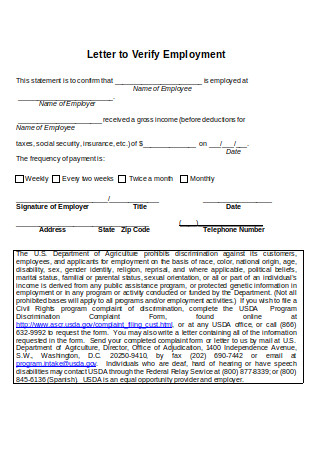
Letter to Verify Employment
download now -
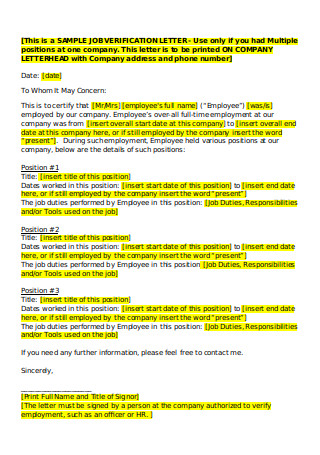
Job Verification Letter
download now -
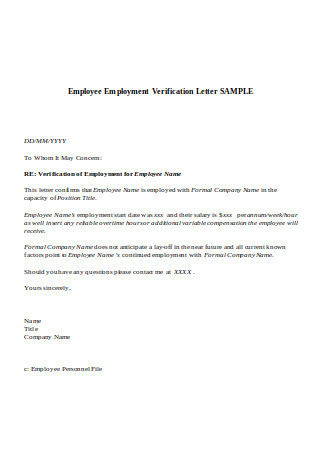
Employee Employment Verification Letter
download now -
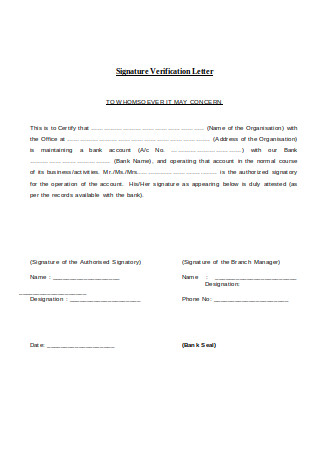
Signature Verification Letter Form
download now -
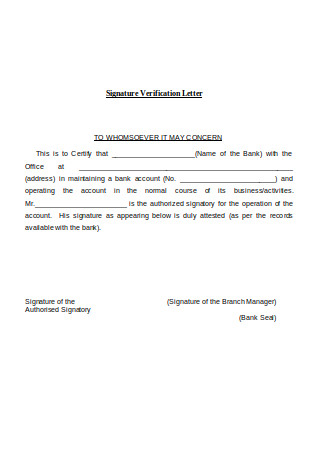
Signature Verification Letter
download now -
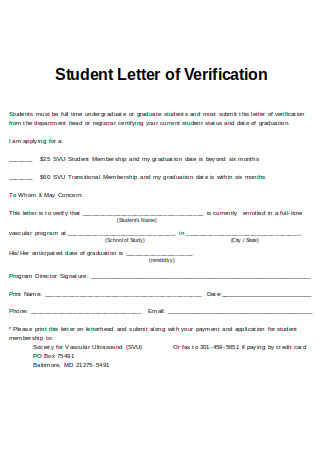
Student Letter of Verification
download now -
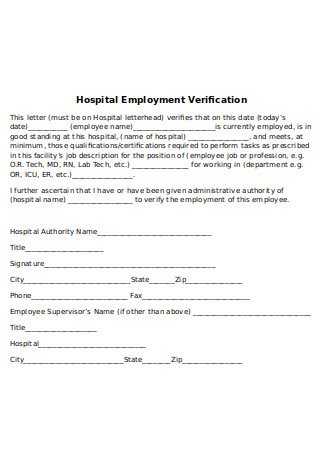
Hospital Employment Verification
download now -
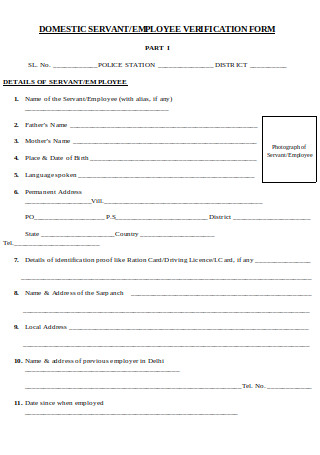
Employee Verification Form
download now -
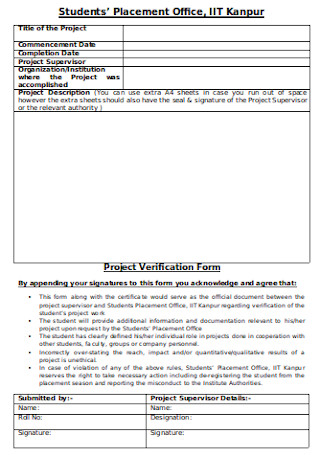
Project Verification Form
download now -
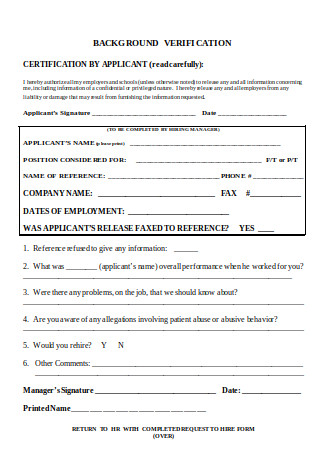
Background Verification Form
download now -
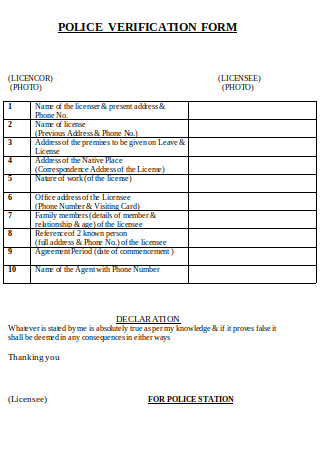
Police Verification Form
download now -
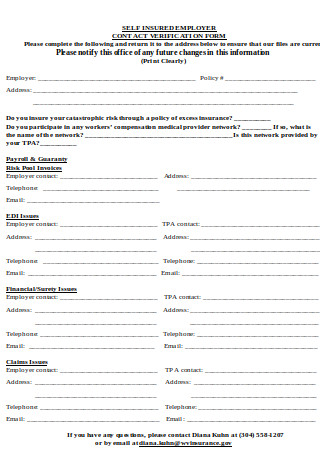
Contact Verification Form
download now -
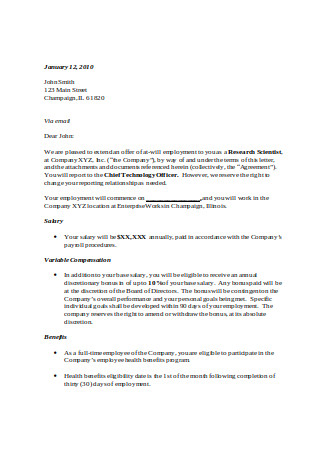
Employment Offer Letter Example
download now -
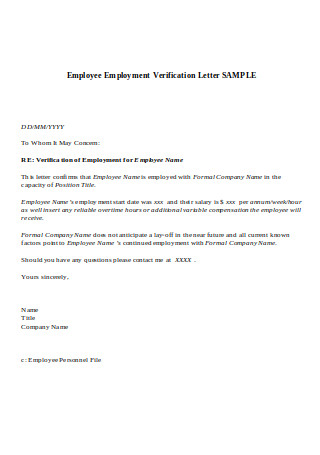
Sample Employment Verification Letter Format
download now -
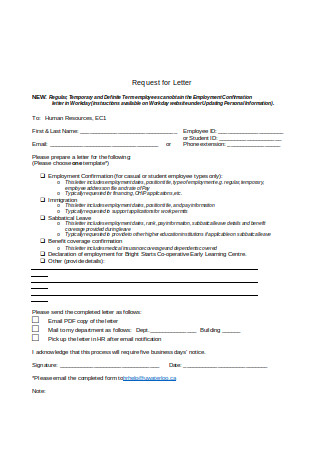
Request for Employment Letter
download now -
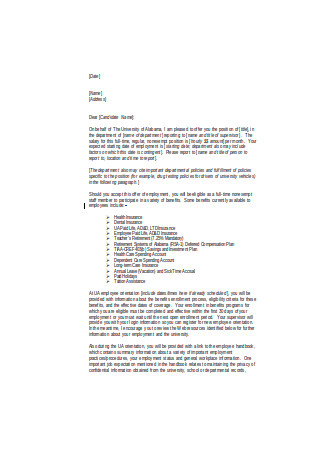
Basic Employment Letter Example
download now -
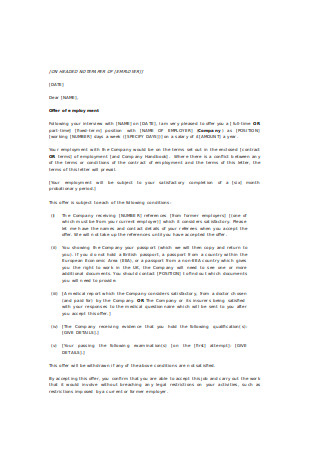
Offer of Employment Letter
download now -
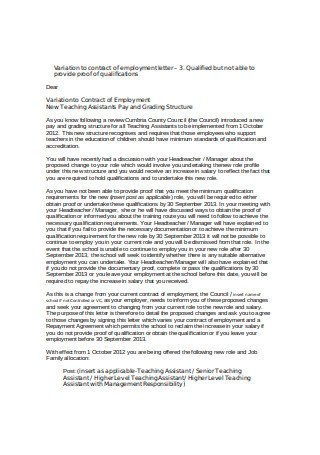
Standard Employment Letter Format
download now -
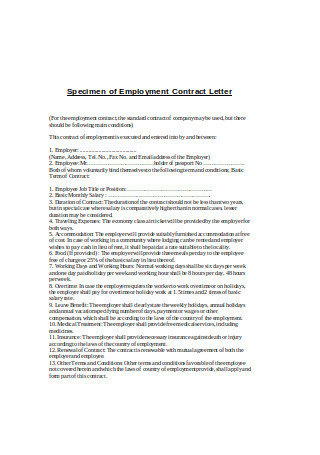
Specimen of Employment Contract Letter
download now -
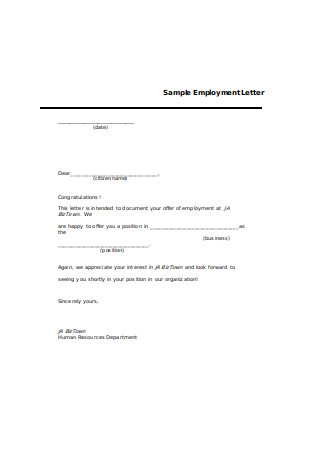
Sample Employment Letter Example
download now -

Job Verification Letter
download now -
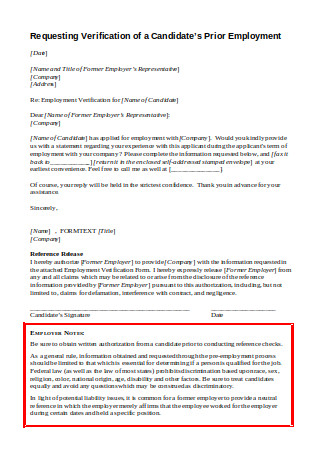
Employment Verification Request Letter
download now -
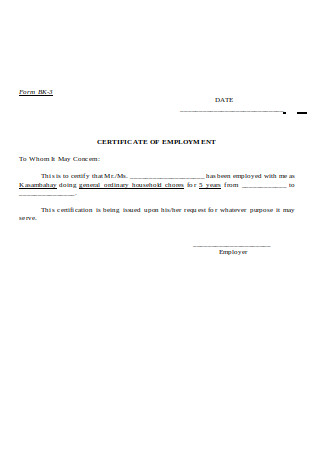
Certificate of Employment
download now -
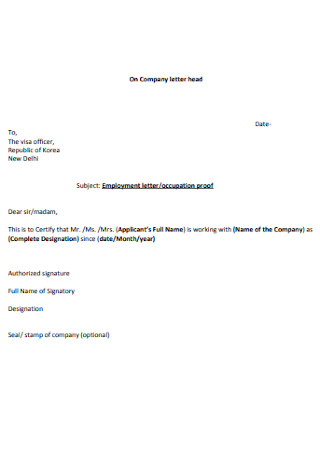
Employment Letter/Occupation Proof
download now -
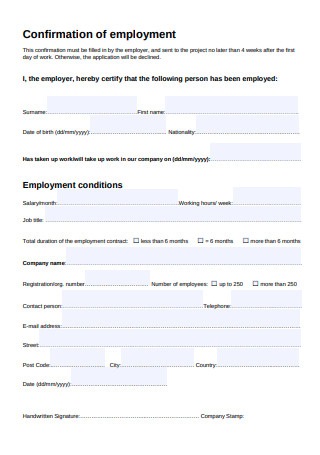
Confirmation of Employment Form
download now -
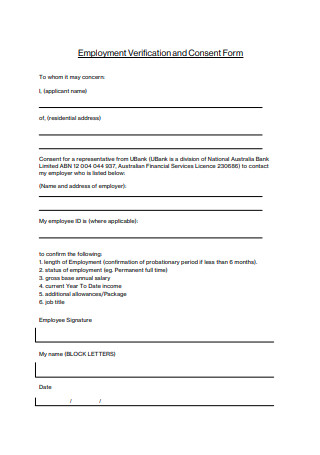
Employment Verification and Consent Form
download now
FREE Proof of Employment Letter s to Download
25+ Sample Proof of Employment Letters and Verification Forms
What is a Proof of Employment and Verification Form?
Common Red Flags During Employment Verification
Importance and Uses of Employment Verification
How to Write an Employment Verification Letter?
FAQs
Do all employers respond to employment verification requests?
Who can verify employment?
What do companies look for during employment verification?
How long does an employment verification process take?
What are the different methods of employment verification?
What is a Proof of Employment and Verification Form?
Proof of employment and verification form is a document that certifies the employment status of your employee. Commonly, this is a letter testifying the name of your previous or current employee and their employment status or history with your company, their employment period, job position, assigned department, pay rate, as well as their performances. You forward this document upon the request of your employee for their loan application or when another company requests for your previous employee’s employment history.
Common Red Flags During Employment Verification
Whether you are a lender, a seller, a landlord, or a hiring manager, you want what’s best for your business, so you screen your potential clients and candidates before further transacting with them. Performing a background check and requesting employment verification is normal and is already a part of your pre-employment screening and loan application process. But before hiring your candidates or approving your client’s loan application, there are a few things you need to check to avoid complications in the future. Here are a few common red flags you need to take note of during your verification process.
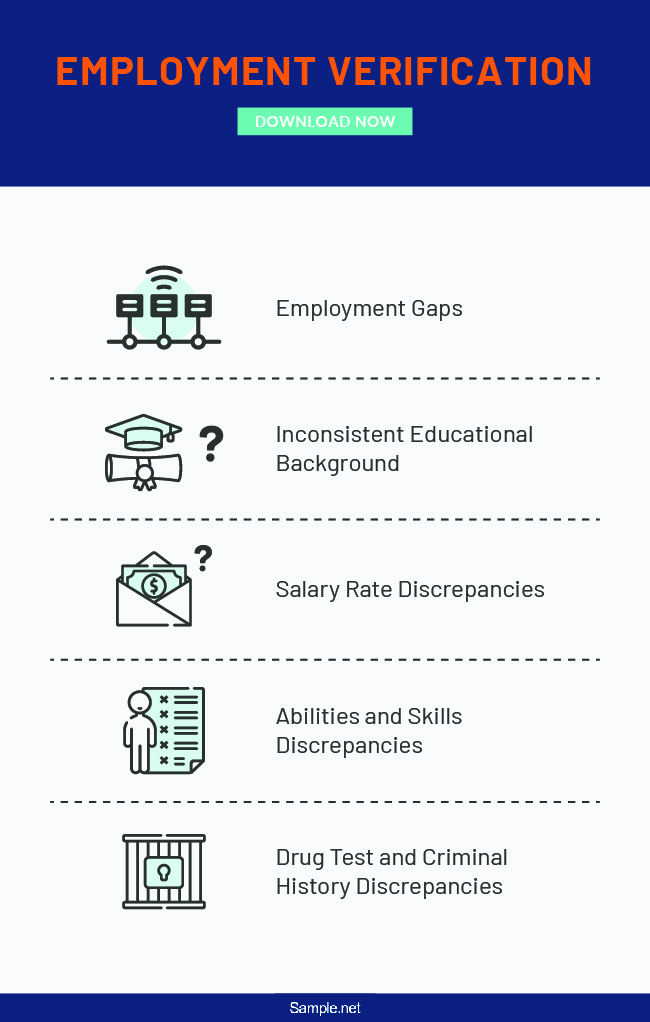
Importance and Uses of Employment Verification
Data fraud and misinformation are a growing issue in the world of business, and many companies are trying to avoid them, especially that you are now in the information age, where information overload is rampant. As a business owner or a hiring manager, you want to protect your assets and your business’ reputation by hiring the best employees and by transacting with reliable clients. And one way to do it is to perform a background check on your prospective clients and candidates during their pre-employment period or your business transaction.
Some of the importance and uses of your employment verification includes the following:
- Avoiding the possibilities of resume fraud and misinformation. In most cases, applicants and potential candidates lie on their resumes, exaggerating their skills as well as claiming experiences that were never there, to begin with. Thus, as the recruiting manager, it is your task to check your applicant’s credentials and verify whether they’re truthful with their employment history.
- Avoid claims of negligent hiring and retention. As the recruiting manager, it is your task to screen and evaluates your applicants before accepting to be part of the team. Keep in mind that hiring the wrong person is costly and is terrible for your company’s reputation, as this is a significant factor in increasing your employee turnover rate. Once your employee quits your company, you’re once again in need of a replacement for their vacant position. Thus, this boils down into you spending extra time, effort, and budget in hiring a new applicant to cover the area.
- Various concerns with your intellectual property and company theft. The first rule before you give your trust to your potential buyer, lendee, or employee is to check whether or not they are qualified for the loan, the product, the rental space, or for the job. Therefore, there is a reason for you to verify their employment and financial status before further transacting with them.
How to Write an Employment Verification Letter?
Having proof of your employee’s employment from your company is a crucial requirement for them to qualify in applying for a mortgage, a rental, and even a job transfer. For security purposes, lenders, landlords, and other employers would like to verify the credibility of their prospective client or candidate to pay or to work for them before accepting their applications. Respond to their request on your employee’s proof of employment and create your employment verification letter with these few simple steps.
Step 1: Place the Recipient of Your Letter
Your employment verification is commonly used when one of your employees wishes to apply for a loan or has applied for a new job. When their lender or current employer requests for proof of their employment from your company. Respond to their request by making a letter of employment verification. Normally your recruitment manager is the one who shall make the letter. Start by placing the name of your recipient, then insert its job title and business address at the top left area of the document.
Step 2: Write the Needed Information for Employment Verification
As stated earlier, your letter of employment verification is a requirement for various transactions. Depending on where it’s used, you need to disclose the required information regarding your employee’s employment status in your company. Consider the purpose and scope of your letter. Check the status of your employee for verification and state whether they are your current or previous employees—State the duration of their employment term, their job title, and their annual salary rate. Lastly, if applicable, state whether they were terminated or resigned upon leaving your company.
Step 3: Use a Business Letter Format
Be professional in writing your employment verification letter and consider your audience. If the employment verification’s purpose is for a loan application, then focus your content on the financial status of your employee and its annual salary rate. However, if the employment verification’s purpose is for a job application, then focus your content on the job description, position, and performances of your employee. Keep it brief but understandable for your readers, and as much as possible, use a business letter format in writing your content.
Step 4: Add Your Contact Information
At the very end of your letter, make sure to add your contact information, such as your email address and telephone number, so that your recipient may contact you anytime for further clarification and verifications. If you want, you may specify a particular time when they may contact you. Then, you may close your letter with a “Sincerely” or a “Respectfully” before signing your name as the employer.
Step 5: Review the Content of Your Letter
Lastly, it never hurt to review your document before submitting it to your recruiting head or director for approval. Check for any grammatical errors and data errors in your paper, then provide the necessary corrections. Once your done, have it approved by your human resource director before forwarding it to your recipient.
FAQs
Do all employers respond to employment verification requests?
Some companies, landlords, and lenders may require employment verifications to process the job or loan application of your employee, and these verification processes may come in a written or verbal form. Still, no law requires you, the employer, to respond to the employment verification requests sent to your company. However, you cannot ignore your government request for an employment verification once they provide you a notice that requires your cooperation.
Who can verify employment?
Commonly, the employers are the ones who will verify the employment history of your previous employees during their job application. However, for some companies, they prefer to outsource the services of third parties to handle their employment verification tasks. Some of these services include the use of websites and automated voice response systems to work their verification processes.
What do companies look for during employment verification?
When companies request employment verification, they usually want to know whether the person applying for a mortgage loan, a vehicle loan or perhaps applying for a vacant position in their organization is being truthful with their employment history and income. Hence, employers and lenders alike wish to check and verify your employee’s employment period, their job description and position, their pay rate, as well as their work performances in your company.
How long does an employment verification process take?
There is no particular period when an employment verification process may take place, nor will it be completed. Depending on how fast your company responds to the request as well as the unforeseen circumstances your company may encounter, the verification process varies and may take longer than your expected date.
What are the different methods of employment verification?
Usually, a simple letter of employment verification sent through email or a character reference phone call responding to the employment verification of your company personnel is enough to complete the verification process. However, there are still other ways to verify your worker’s employment, and this includes them presenting their employment contract and agreements, payroll slips, and third-party services references to their landlord, lender, and new employer.
Overall, employment verification has a great impact on your employees to qualify for a mortgage loan, a rental, a job transfer, and other types of applications. With data fraud and misinformation becoming a significant problem with most organizations, agencies, and companies, requiring verification forms has become more of a necessity than a want nowadays for security purposes. Now that you have a good understanding of employment verifications, are you ready to make one today?
